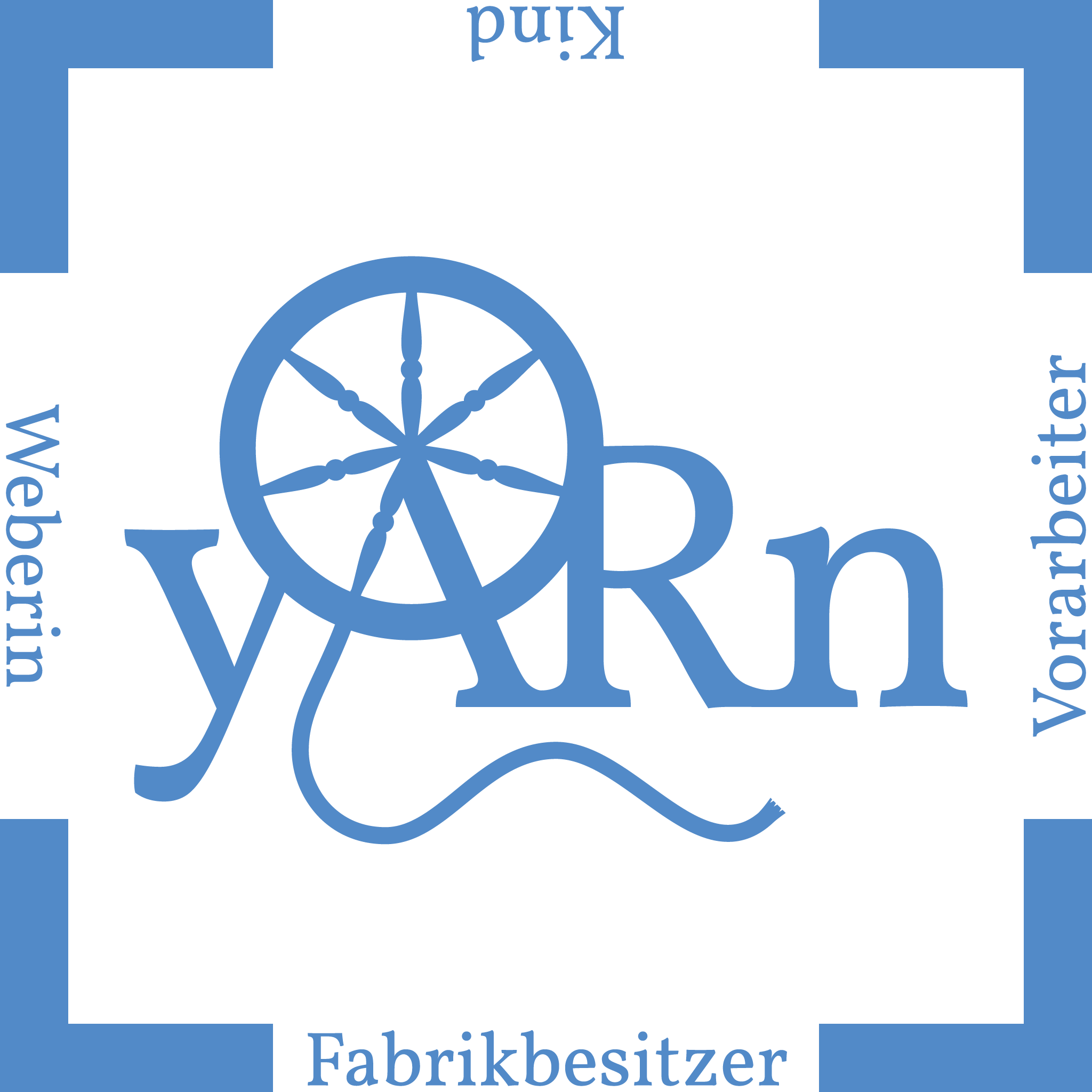yARn
One of the greatest strengths of augmented reality is its potential to shape new identities and enable different perspectives. At the same time, the principle of multiperspectivity exists in history didactics. This means the development of historical facts using different, ideally divergent sources in order to promote understanding of history and historical awareness. Because each historical source is an individual interpretation of reality, influenced by factors such as gender, environment, and social position. History therefore does not exist in a clear, valid form, but is composed of a multitude of interpretations from different perspectives.
yARn combines virtual content with the real learning environment in order to take up the principle of multiperspectivity in terms of game mechanics. By moving around, the user can take on different perspectives on the same historical circumstances. Different perspectives arise in history especially when fundamental changes in life and social restructuring take place, triggered for example by religious, ideological or technological changes. The industrial revolution represents a serious turning point in the history of mankind, but also in the lives of people at that time. The factory is a suitable setting because hierarchical structures collide here and become clearly recognizable. In addition, the cause of these structures lies in the standardized production of material goods, which is why the place itself can tell us a lot about the people, how they worked and lived.
A scene is depicted on a marker showing a textile factory at the time of industrialization. It is winter, it is dark in the halls and dim light falls in through the windows. The machines set the rhythm, tired figures work between them at rattling looms, it is noisy, hot, dirty and it stinks. The scene can be viewed from different perspectives to see details and understand what is happening in the factory. Depending on the side from which the user views the scene, he takes on the perspective of a different character: the weaver, the foreman, the child or the factory owner. These characters narrate how they perceive the situation, what tasks they perform in the factory and what meaning this place has for them. For this purpose, several points of interest are placed in the scene, with which the user can interact to trigger narratives. Depending on the perspective, different objects are relevant. Places, people and objects are highlighted depending on the angle of view and can be selected to play further audio commentary. Likewise, the same objects may be of interest to different characters but have different meanings. The POIs refer to the working conditions, but also to other characters in order to work out social aspects, to clarify connections and to encourage communication in the group.

Looking at the scene, it is noticeable that the actions of the people on the factory floor are completely determined by the standardization of the production processes. The energy comes from the steam engines and is distributed to the looms via drive belts and gears. The energy is difficult to control, so workers have to continuously repeat the same monotonous work routines to operate the machines. As a result, they themselves become part of the machine and lose their individuality. The production processes put a strain on the workers, who are also not adequately protected for working on the machines. The learners should thus recognize that the suffering of the workers results from the circumstances of energy production, manufacturing processes and transport of goods and not (only) from the greed of exploiting factory owners. The aim is to break down the division into "good" and "bad" in order to draw a differentiated picture of the social problems of the 19th century, which is increasingly characterized by tight schedules and standardized procedures.
yARn can be used in a group of four people to assign a perspective to each person. Although all users see the same scene, they perceive it completely differently. In this way, learners experience first-hand how a person's perspective – their observations and interpretations of reality – affects historical awareness in order to learn how to properly interact with historical sources. Building on the process of realizing that there is not just one version of history, in a next step the application itself can be considered as a perspective representation that portrays its own interpretation of the past. Thus, yARn can also support engagement with the principles of controversy and plurality, which build on multiperspectivity.

The concept and a prototype of yARn were developed in collaboration with Digitale Lernwelten GmbH as part of my master's thesis on the topic of "Playful design of learning environments using augmented reality" in order to apply and demonstrate the results of my theoretical research. Blender (3D design) and Unity (programming and AR features) were used to develop the prototype. Particular emphasis was placed on the design and theoretical foundation of the concept, the elaboration of the characters and their scripts, and the layout of the factory building in order to create a balance between realism and a model that highlights the essential aspects in which working conditions, production processes, and social structures become visible from different perspectives.
It is currently planned to further develop the prototype beyond the state of the master thesis and to add further details, textures and animations to the factory. Other tasks include the addition of sounds, but especially the animation of the figures to make them recognizable as part of the machine with their standardized work and movement sequences. Finally, the app shall be made available for free in the Google Play Store to enable the use of yARn in a variety of learning environments.
Development period:
August 2018 - Januar 2019
Technologies:
Blender | Unity | Vuforia | Adobe Illustrator





